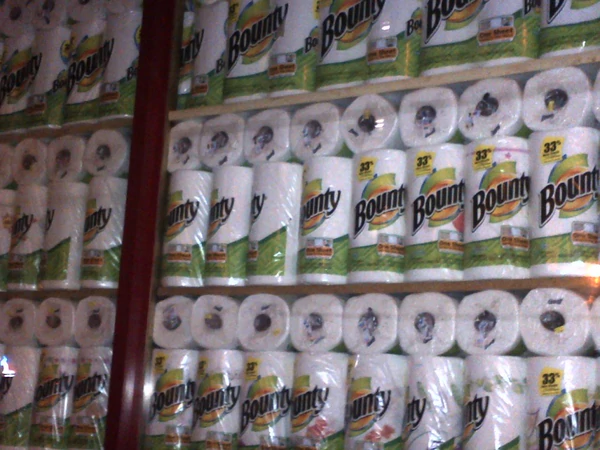I live in the ‘burbs called Orange County, mnemonically known as OC, as popularized by the debauched yet apt namesake TV show.
Wide roads, monstrous SUVs, Starbucks at every corner, strip Malls with ubiquitous generic American brands such as Best Buy, Costco, Target, and Subway. And of course, since it is upscale suburbia-littered with just a dash of “culture,” such as the painfully banal Daphne’s Greek cuisine or what I call the bastardization of Chinese food-P.F. Changs!
Most people move to the ‘burbs for a sense of community, the big homes for entertaining “friends,” the white picket fence, the neighborhood park where all can assimilate and interact. The purpose is to be in physical proximity with other people, which should lead to interaction with other human beings!
The general consensus is life in the ‘burbs is wholesome and uniting versus life in the big city is lonely and isolating. .
During my bi-coastal trips I have, on many an occasion, pondered over this premise and tried to decipher the truth or fallacy of it.
I have lived in the ‘burbs for many years. But for some reason never felt at home, always felt disassociated and disconnected with my environment. Could be the result of being a migrant. Let’s say I am a citizen of the world-at-large, using a term of modern, globalized vocabulary. Sounds more well-adjusted rather than the rant of a dysfunctional immigrant.
I understand and subscribe to the theory of living life inside out etc. But our environment does play a critical role in shaping us, in molding our personality, our thought processes, our preferences, hell even our choices. Would a lion cub grow up to be a vicious man-eater if he was taken out of its natural wilderness habitat and raised say in the burbs by PETA! Its carnal nature, even if not completely obliterated, would be significantly tempered, one would think so.
When I look around suburban environment, under the cosmetic appearance of a “community” all I see is people living inside their homes, surrounded by an assemblage of people they know and are familiar with day after day, year after year. All the talk of being a “community” is limited to immediate and extended family and a small group of friends. The streets are empty, the parks reek of territorial family gatherings and the restaurants promote family nights. There is a vacuous hole in the soul of suburbia.
In suburbia, the only gathering of people you will see is in a mall, where everyone is in a rush to consume, jump into their SUV’s and guess where do they want to rush back to-their insulated homes of course! The touted sense of community in the suburbs is as mythical as the unicorn!
On the other hand during my visits to cosmopolitan cities of the world, I can feel a palpable sense of community. Yes, you may not know your neighbor’s name or may not pop-in to borrow the proverbial bowl of sugar, but in modern times of stevia and agave that has truly become an extinct adage.
The communal feeling in big cities comes from the people itself. It comes from the sea of humanity that surrounds you. It comes from the brimming streets jam-packed with people. It comes from sitting in such close proximity at cafes that one has to interact with the person breathing into your latte. It comes from walking in Central Park and striking a conversation with a complete stranger from the other side of the world, who in turn is seeking the same bond as well. It comes from sharing a seat on the subway where you can help your fellow passenger with Word Search.
In big cities the concept of space becomes smaller (as opposed to gargantuan suburban spaces), to a point where it becomes non-extinct. Unlike the notion of conceptualized ghost-proximity proposed in the Utopian suburbia, there is actual physical proximity in big cities. The proximity is what unites.
I have also noted that the element of creativity, innovativeness, discovery and inspiration is intensely lacking in suburbia to a point that it is soul and spirit crushing. The dullness of it often grips my heart like the choke-hold of an LAPD cop.
Environment motivates one to innovate, create, observe, reflect. That is the reason the great thinkers, artists, painters, sculptors lived in vibrant, vivacious cities such as Paris, Rome, London, Milano, NYC. Would Hemingway and Dostoyevsky be inspired to write great masterpieces sitting at a Starbucks in OC!
So, my point, to a great extent, is validated that our environment does play a pertinent role in providing inspiration.
A mundane window display of paper towels in the corner store can strike up an intellectual discussion amongst passersby regarding the contribution of Warhol to art and pop-culture, thereby leading to a possibility of lifetime friendship and interaction. All because the big city gives an opportunity to walk amidst humans rather than sit behind the steel door of an SUV door.


